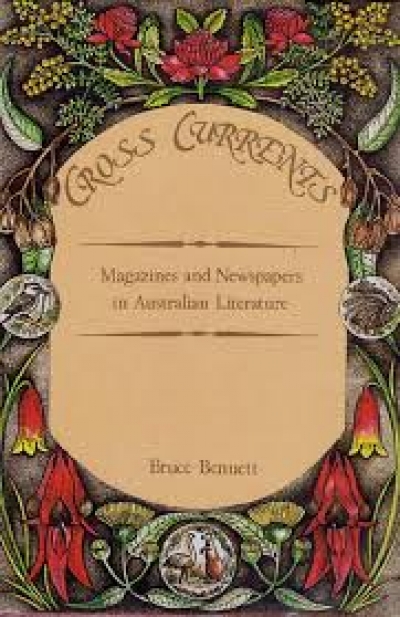Archive
Barbara Giles reviews 'The Most Beautiful World' by Rodney Hall, 'Tide Country' by Vivian Smith, 'Heaven of Rags' by Gary Catalano, and 'Song of the Humpbacked Whales' by Jill Hellyer
The Most Beautiful World is somewhat of a conundrum at first look. I spent a long time trying to penetrate the surface of this latest book of poetry by Rodney Hall. I had just been reading his exciting, original, and well-sustained novel Just Relations, I guess I was looking for the same excitement here. It didn’t arrive on schedule.
... (read more)Bruce Pascoe reviews poetry by Brian J. Brock, Marjorie Pizer, Stephen K. Kelen, Dorothy Featherstone Porter, Pete Webb, Margaret Diesendorf, R. H. Morrison, and Terri Moore
Most of the poetry books reviewed come out in issues of less than one thousand, most of them well below five hundred. This must make Australia’s census of avid poetry readers no more than five thousand, or .002%. It is not surprising, then, that most published Australian poetry revolves around the process of writing for the poet’s poetic friends. This creates a very élitist form of communication and promises to do nothing to encourage more Australians to read poetry, because often the poetry written has nothing to do with the lives or interests of 99.998% of this country’s population.
... (read more)







